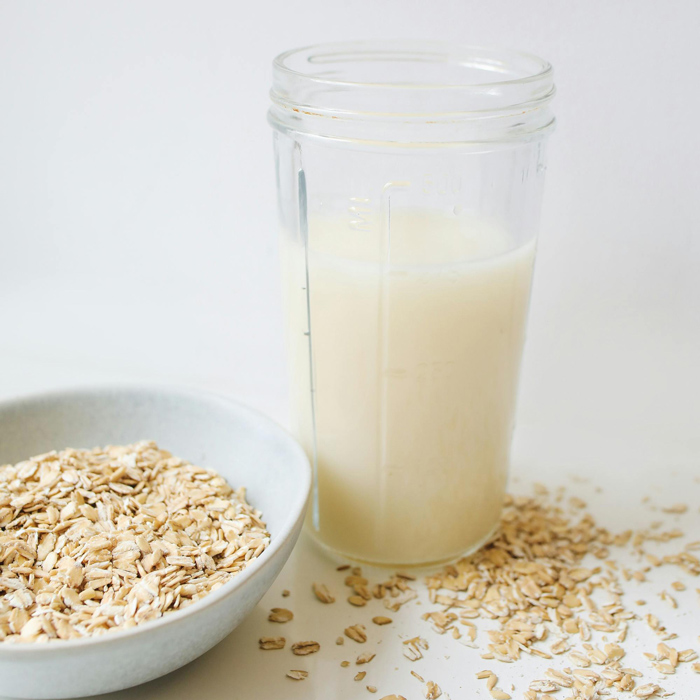Sustainable and Delicious: The Environmental Impact of Oat Milk
Oat milk has surged in popularity over recent years, becoming a staple in many households and cafes. As consumers become increasingly conscious of their dietary choices and their impact on the environment, oat milk stands out not just for its taste and nutritional benefits, but also for its impressive environmental credentials. This dairy alternative is celebrated for its lower carbon footprint, minimal water usage, and sustainable farming practices, making it a compelling choice for eco-conscious individuals.
Lower Carbon Footprint
One of the most significant environmental benefits of oat milk is its lower carbon footprint compared to dairy milk and many other plant-based milks. Dairy milk production is associated with high greenhouse gas emissions, primarily due to the methane released by cows, land use for feed production, and energy consumption in dairy farming processes. In contrast, oats require fewer resources and emit substantially less carbon dioxide during their cultivation and processing. According to a study by the University of Oxford, producing a liter of oat milk generates about 80% fewer greenhouse gas emissions than producing a liter of cow’s milk. This significant reduction makes oat milk a more sustainable choice in terms of climate impact.
Minimal Water Usage
Water scarcity is a growing concern worldwide, and agriculture is one of the largest consumers of freshwater resources. Traditional dairy farming is particularly water-intensive, with significant amounts of water needed for animal hydration, feed crop irrigation, and cleaning operations. Oat milk production, on the other hand, requires considerably less water. Oats are a hardy crop that can thrive in a variety of climates with relatively low water needs. A report by the Water Footprint Network indicates that the water footprint of oat milk is significantly lower than that of both dairy milk and other plant-based milks like almond milk, which requires substantial water for almond tree irrigation. This makes oat milk a more water-efficient and environmentally friendly option. You also have items like MYOM drink that have removed water from the transport entirely.
Sustainable Farming Practices
Oats are typically grown in temperate regions and are known for their adaptability and resilience. They can be cultivated with minimal use of pesticides and fertilizers compared to other crops, reducing the risk of soil and water contamination. Moreover, oats are often used in crop rotation systems, which help maintain soil health and reduce the need for synthetic inputs. Crop rotation with oats can prevent soil erosion, improve soil fertility, and disrupt pest cycles, contributing to more sustainable agricultural practices. By supporting oat milk production, consumers are indirectly promoting farming methods that are better for the environment.
Reduced Land Use
The production of oat milk also requires less land compared to dairy farming. Raising livestock for milk involves large tracts of land for both grazing and growing feed crops. In contrast, oat farming is more land-efficient, producing higher yields per acre. This efficient land use not only reduces deforestation and habitat loss but also allows for more sustainable land management. By opting for oat milk, consumers can help decrease the demand for land-intensive dairy farming, promoting a more balanced use of agricultural resources.
Conclusion
Oat milk’s rise to prominence is not only due to its creamy texture and mild flavor but also because of its substantial environmental benefits. With a lower carbon footprint, minimal water usage, sustainable farming practices, and reduced land use, oat milk presents a compelling case for those seeking eco-friendly dietary choices. As awareness of the environmental impact of our food choices continues to grow, oat milk stands out as a delicious and sustainable alternative to traditional dairy and other plant-based milks. By choosing oat milk, consumers can enjoy a nutritious beverage while contributing to a more sustainable future for our planet.





